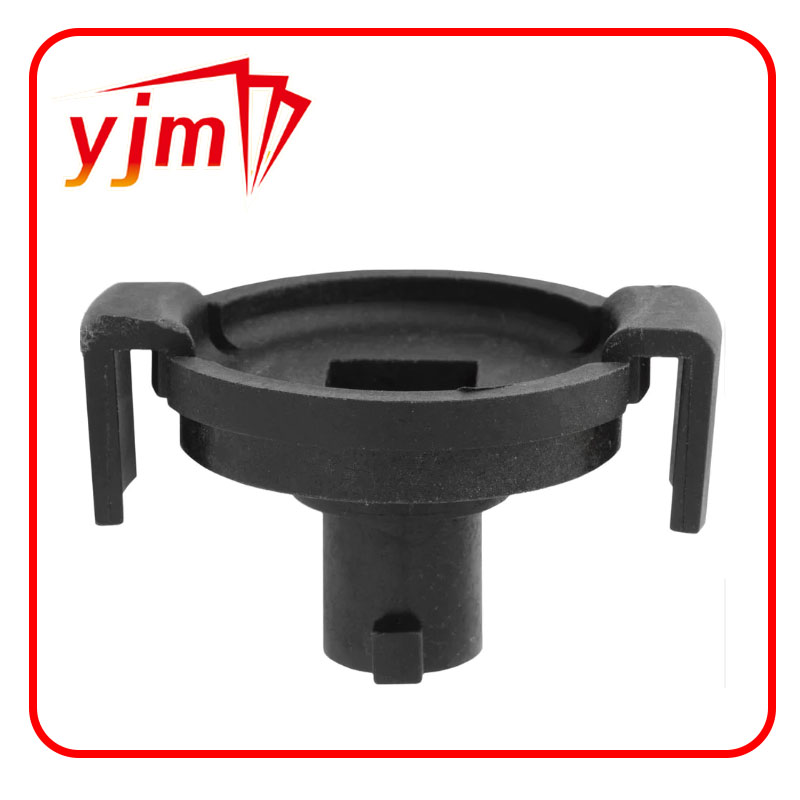Understanding the Importance of Rear Axle Oil Seals and Their Maintenance for Vehicle Longevity
Understanding Rear Axle Oil Seal Importance and Maintenance
The rear axle oil seal is an essential component in a vehicle’s drivetrain, specifically designed to seal the axle housing and prevent the leakage of differential fluid. This small yet crucial part plays a significant role in maintaining the overall efficiency and longevity of the vehicle’s rear axle system. Understanding its function, importance, and maintenance is vital for safe and dependable vehicle operation.
Function of Rear Axle Oil Seal
The primary function of the rear axle oil seal is to prevent fluid from leaking out of the axle housing. Rear axles typically contain a lubricant, usually oil, which reduces friction between moving parts and helps dissipate heat. Over time, road conditions, wear and tear, and other environmental factors can lead to the degradation of seals. If the oil seal fails, it can result in significant oil leakage. This not only compromises the lubrication of the axle components but also poses a risk of damage to other parts of the drivetrain.
Additionally, the oil seal prevents contaminants such as dirt, dust, and moisture from entering the axle housing. This contamination can cause wear and damage to gears and bearings within the differential, leading to costly repairs and potential failure of the axle.
Importance of Regular Maintenance
Regular inspection and maintenance of the rear axle oil seal are crucial for the longevity of the vehicle. Signs of a failing oil seal may include oil spots under the vehicle, a burning smell from overheated components, or unusual noises from the rear axle. Neglecting these signs can lead to major issues, including complete axle failure.
rear axle oil seal

Preventive maintenance should include routine checks of the rear axle oil seal during vehicle service intervals. Mechanics should inspect the seal for any signs of cracks or wear. If any damage is identified, replacing the seal promptly is essential to prevent further complications. Additionally, the differential fluid should also be checked and replaced as necessary, as old or contaminated fluid can haste the deterioration of the seal.
Replacement Procedure
If an oil seal replacement is necessary, it is essential for vehicle owners to understand the procedure involved. First, the vehicle should be lifted securely on a level surface, and the rear differential should be drained of any fluid. Next, the axle assembly must be disassembled carefully. This may involve removing wheels, brakes, and other connected components to access the seal.
Once the old seal is removed, it is vital to clean the sealing surface thoroughly to ensure a proper fit for the new seal. Applying a small amount of lubricant to the new seal will facilitate installation and reduce the risk of tearing. After positioning the new seal correctly, the axle can be reassembled, and fresh differential fluid can be added.
Conclusion
In conclusion, the rear axle oil seal, while seemingly small, plays a critical role in the functionality and safety of a vehicle. Understanding its function and maintaining it through regular inspections and timely replacements can save vehicle owners from severe mechanical failures and costly repairs. By prioritizing the health of the rear axle system, car owners can ensure a smoother, safer ride and prolong the lifespan of their vehicles. Regular maintenance should be ingrained in the ownership experience, highlighting how even small components like the rear axle oil seal contribute significantly to overall vehicle performance.
-
Understanding the Front Main Engine Seal: Purpose, Maintenance, and Installation
News Jul.29,2025
-
Understanding O-Rings and Seal Rings: Types, Applications, and Custom Solutions
News Jul.29,2025
-
Understanding Crankshaft Oil Seals: Rear Seals, Pulley Seals, and Their Role in Engine Integrity
News Jul.29,2025
-
The Importance of Front and Rear Crankshaft Seals in Engine Performance and Oil Management
News Jul.29,2025
-
Crank Oil Seals: Functions, Types, and Cost Considerations in Engine Maintenance
News Jul.29,2025
-
A Comprehensive Guide to O-Rings and Seals: Types, Materials, and Global Applications
News Jul.29,2025
-
Mastering Diesel and Performance Engine Maintenance: A Guide to Critical Oil Gaskets
News Jul.28,2025
Products categories















